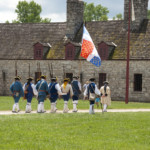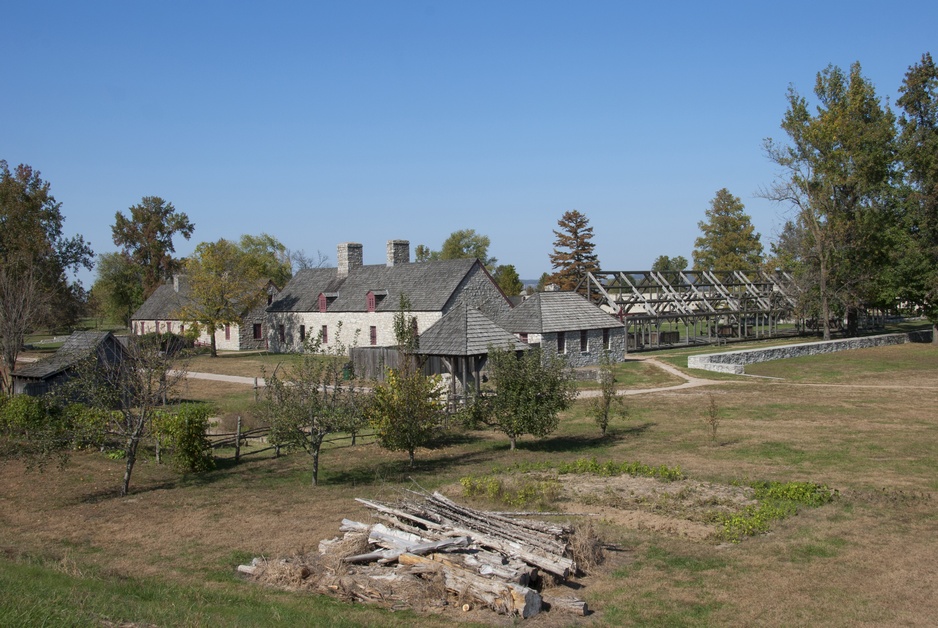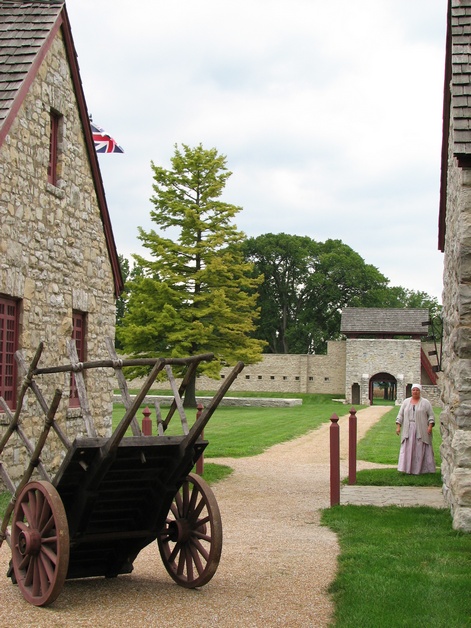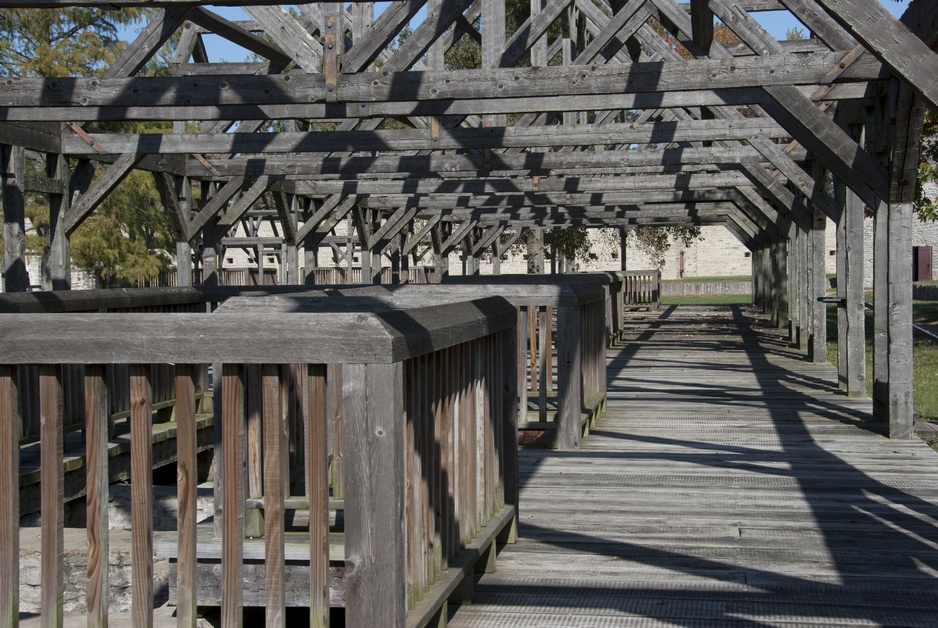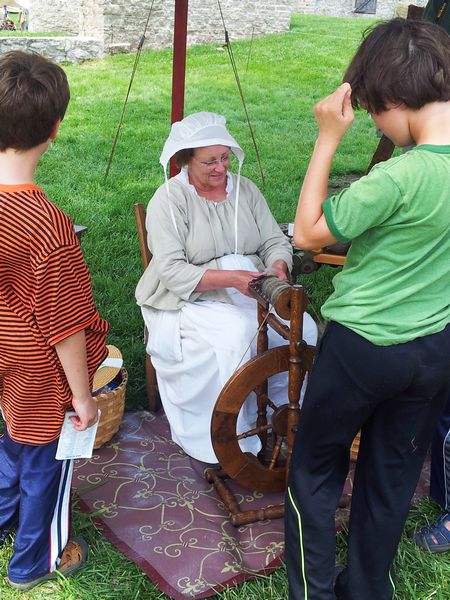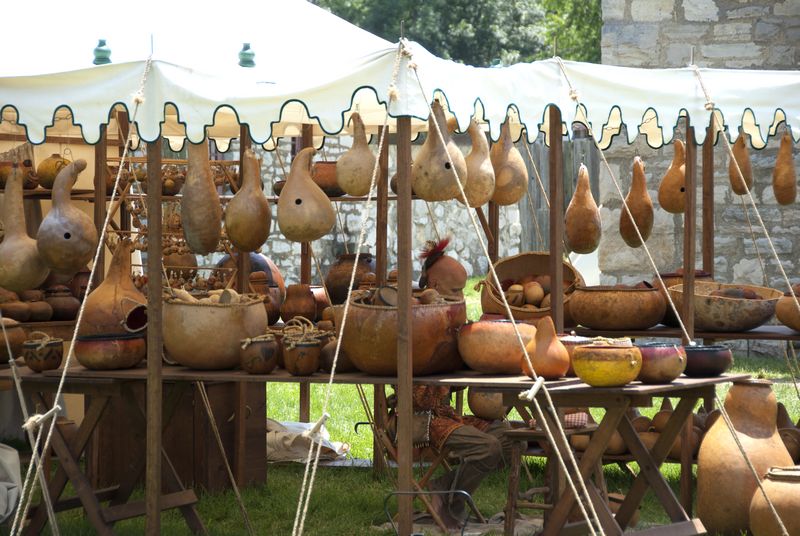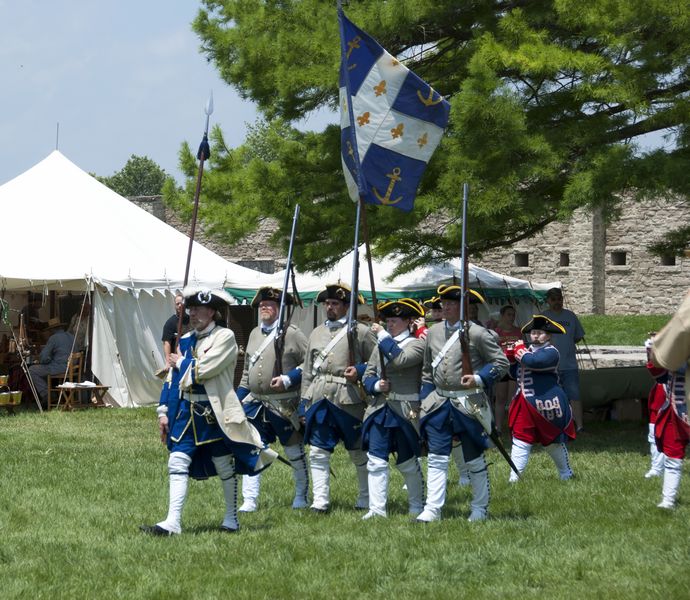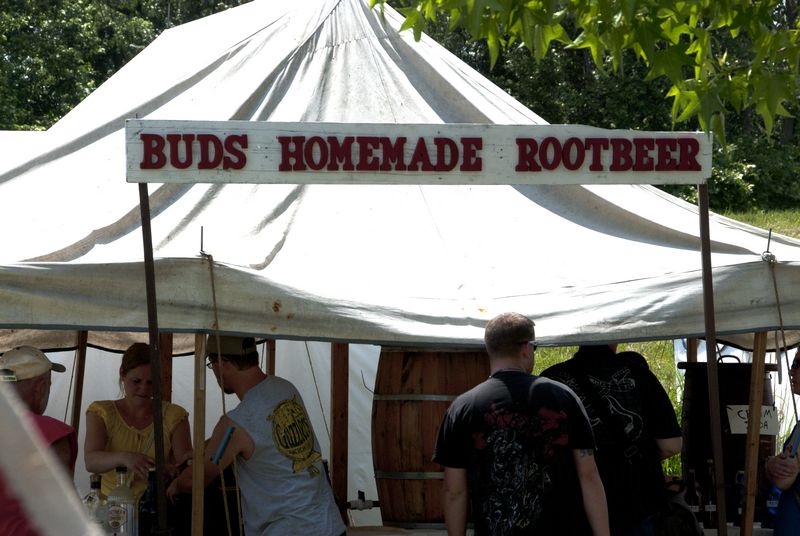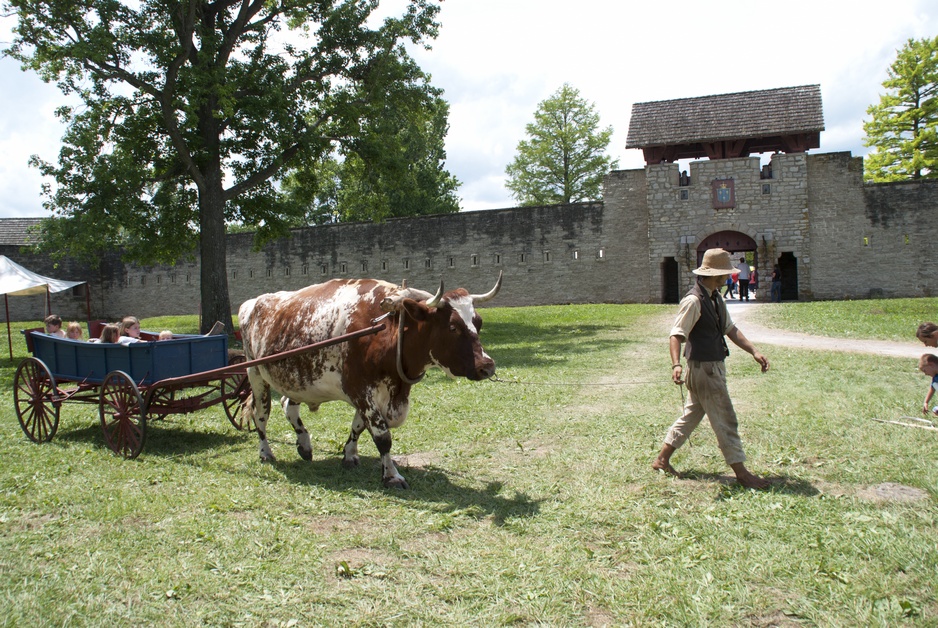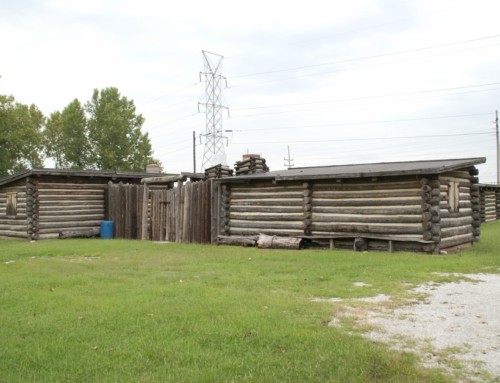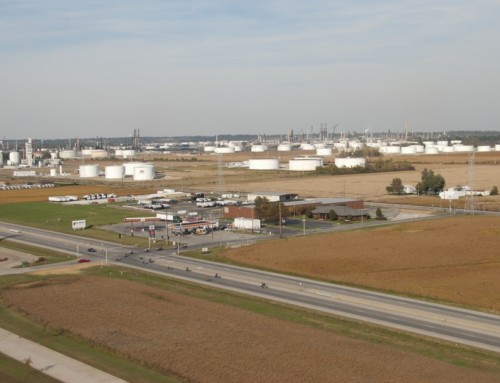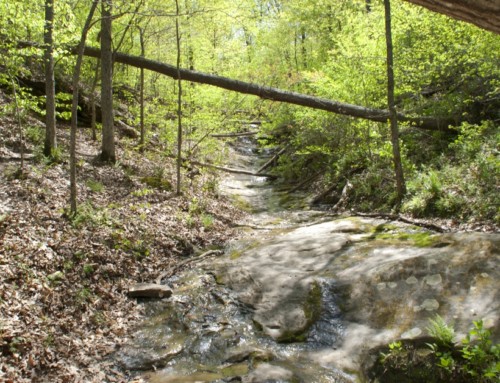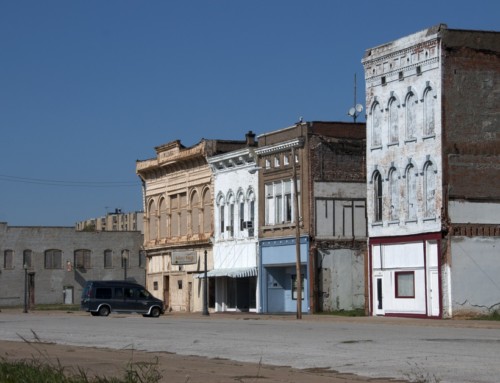Introduction
Fort de Chartres has served as a tourist attraction longer than it did as a military fort, but it’s a fun place to visit for a taste of life during the French colonial period, especially if you can visit during one of the festivals that celebrate the period.
Visitor Information
Got questions? Contact the historic site directly (618.284.7230).
History
In December 1718, the new French Commandant of French Illinois country, Pierre Boisbriant, arrived in Kaskaskia with 100 soldiers and a support team. One of his first tasks was to build a fort, which he named after the Duke of Chartres, the son of the French regent, no doubt to gain his favor. The wooden structure was completed in 1721.
Thirty years later, Chevalier de Makarty rebuilt the fort with stone. The French didn’t get to enjoy it for long. The English defeated the French in the Seven Years’ War/French and Indian War and took possession of the territory where Fort Chartres is located. Still, it took about two years for the first British troops to reach and physically possess it.
They must have had buyer’s remorse, though, because in 1772 they abandoned it, as the Mississippi River kept creeping ever closer to the fort’s walls. When the fort was completed in 1721, the Mississippi was a mile away, but by 1770 it was practically next door. The British moved to Fort Kaskaskia, which they renamed Fort Gage.
Not long after Fort de Chartres was completed, a small village sprung up just outside its walls that was called St Anne (after the church built by Jesuits, St. Anne de Fort Chartres) or New Chartres. In 1764, there were forty families living in the village, mostly soldiers and their families and a few merchants who served them. After the British took control of the territory, the village closed its doors, as folks moved away to St. Louis and Sainte Genevieve.
In 1817, over forty years after the fort had been abandoned, Judge Brackenridge was in a group of tourists who visited the old area. He wrote that the fort
…is a noble ruin, and is visited by strangers as a great curiosity…The outward wall, barracks, and magazine are still standing. There are a number of cannon lying half buried in the earth with their trunnions broken off.
The US government finally disposed of the land in 1849, and a local took over, building a cabin and farm buildings within the old fort walls. The State of Illinois later purchased the property and opened it as a state park in 1913. The powder magazine, the only surviving structure, was repaired shortly after that.
In the 1920s, the gate was rebuilt (and has been rebuilt a couple of times since then), In the 1930s, crews with the Works Progress Administration rebuilt a couple of other buildings. The fort took on fifteen feet of water in the Great Flood of 1993, but a concerted effort from volunteers and the state cleaned it up and put it back together. The fort today is preserved as a state historic site.
Exploring the Area
Fort de Chartres State Historic Site (Prairie du Rocher: 1350 Illinois Highway 155; 618.284.7230) preserves the partially reconstructed remains of the original 18th-century fort. The best time to visit is during a special event, like the annual Rendezvous (see below). The fort is currently open Thursday through Sunday (9-5).
At the historic site today, you’ll find reconstructions of parts of the 1750s fort, although some original features remain, like building foundations. Much of the Powder Magazine is also original. The front gate was reconstructed in the 1920s, and is still an impressive sight. The walls around the gate were rebuilt in the 1980s on the original foundations. Inside the Guard House, you’ll find a replica of a 1750s-era Catholic chapel, as well as exhibits that depict 18th-century living quarters for a priest, an officer, and a gunner.
Entertainment and Events
Festivals
Fort de Chartres hosts special events throughout the year. One of the more interesting is the annual Rendezvous (1350 State Route 155; 618.284.7230), which is a good opportunity to buy traditionally-made items like pots, pans, and knives, as well as to watch reenactments of French colonial military parades and battles. Look for it the first weekend in June.
On New Year’s Eve, the La Guiannee singers visit the fort and neighboring Prairie du Rocher to reenact an ancient tradition. Costumed participants visit houses and sing traditional French songs. The event is free and open to the public.
**Fort de Chartres is covered in Road Tripping Along the Great River Road, Vol. 1. Click the link above for more. Disclosure: This website may be compensated for linking to other sites or for sales of products we link to.
Getting There
From Prairie du Rocher, follow Illinois Highway 155 west for four miles.
Where to Go Next
Heading upriver? Check out Prairie du Rocher.
Heading downriver? Check out Modoc.
Community-supported writing
If you like the content at the Mississippi Valley Traveler, please consider showing your support by making a one-time contribution or by subscribing through Patreon. Book sales don’t fully cover my costs, and I don’t have deep corporate pockets bankrolling my work. I’m a freelance writer bringing you stories about life along the Mississippi River. I need your help to keep this going. Every dollar you contribute makes it possible for me to continue sharing stories about America’s Greatest River!
Fort de Chartres Photographs
©Dean Klinkenberg, 2024, 2021, 2018,2013,2011
